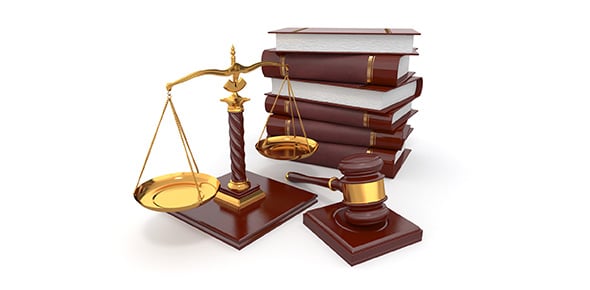Ne 109 Review Quiz
- WIPO
- PCT
- Paris Convention
2.
You may optionally provide this to label your report, leaderboard, or certificate.
×
Thank you for your feedback!
















